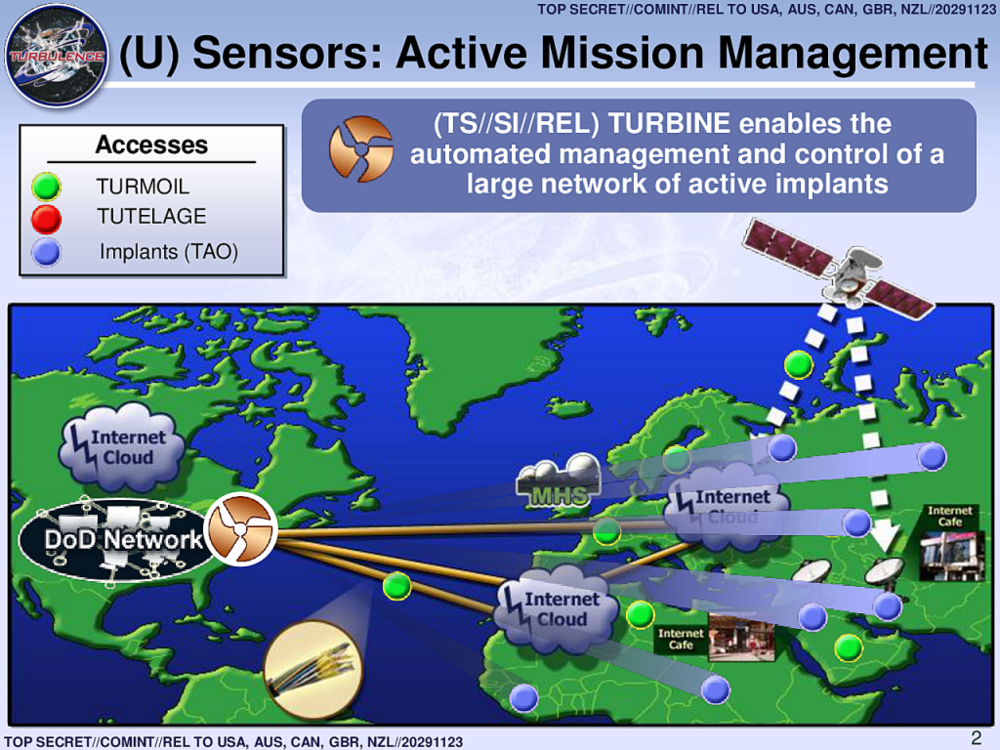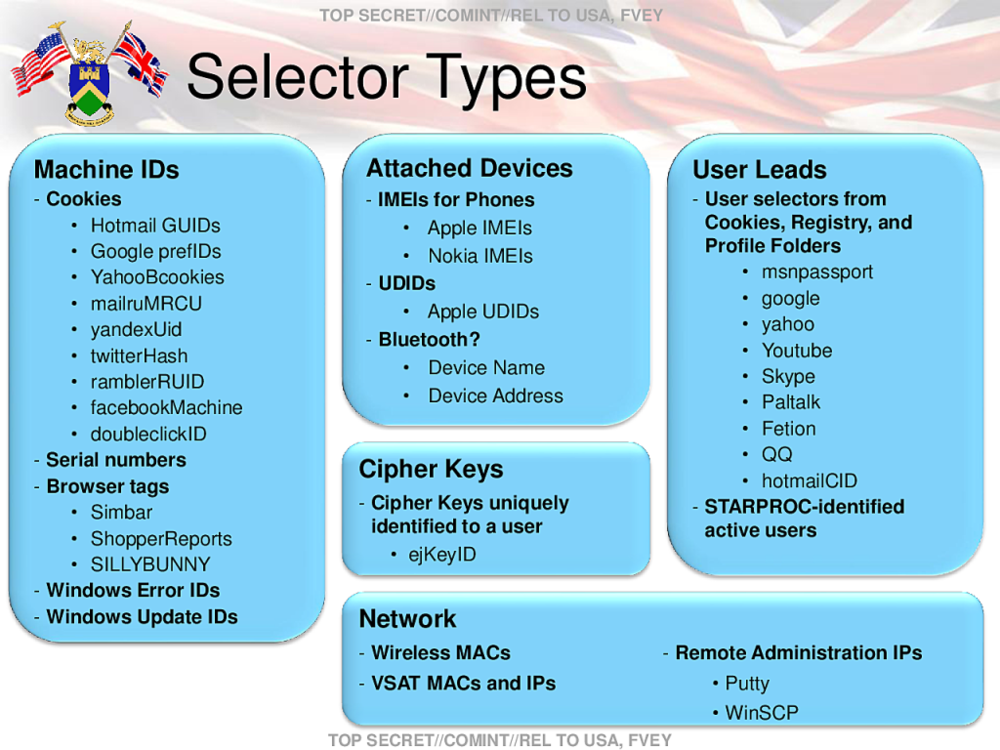“From Uber To Eric Schmidt, Tech Is Closer To the US Government Than You’d Think”
“Alphabet’s [Google] executive chairman, Eric Schmidt, recently joined a Department of Defense advisory panel. Facebook recently hired a former director at the U.S. military’s research lab, Darpa. Uber employs Barack Obama’s former campaign manager David Plouffe and Amazon.com tapped his former spokesman Jay Carney. Google, Facebook, Uber and Apple collectively employ a couple of dozen former analysts for America’s spy agencies, who openly list their resumes on LinkedIn.
These connections are neither new nor secret. But the fact they are so accepted illustrates how tech’s leaders — even amid current fights over encryption and surveillance — are still seen as mostly U.S. firms that back up American values. Christopher Soghoian, a technologist with the American Civil Liberties Union, said low-level employees’ government connections matter less than leading executives’ ties to government. For instance, at least a dozen Google engineers have worked at the NSA, according to publicly available records on LinkedIn. And, this being Silicon Valley, not everyone who worked for a spy agency advertises that on LinkedIn. Soghoian, a vocal critic of mass surveillance, said Google hiring an ex-hacker for the NSA to work on security doesn’t really bother him. “But Eric Schmidt having a close relationship with the White House does…”



